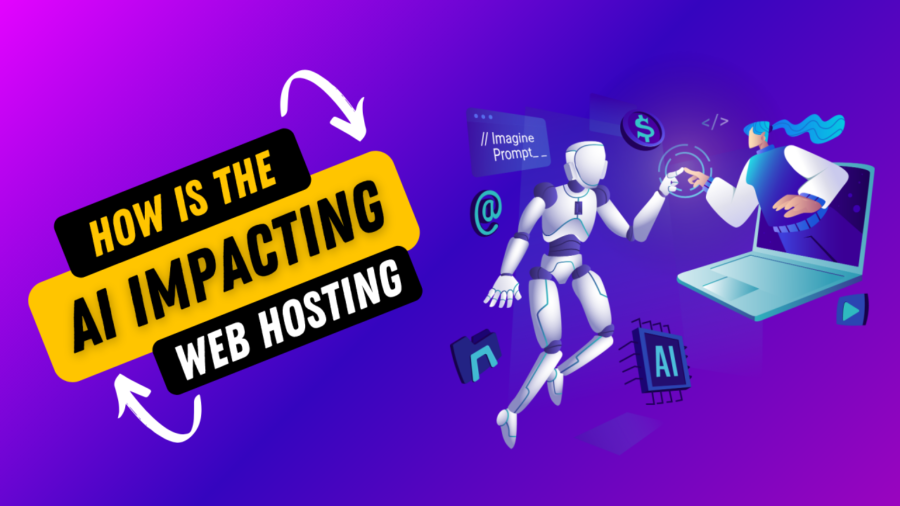In today’s interconnected world, the digital realm is both an opportunity and a battlefield. As easy as it is to reach a global audience with your website, it also opens doors to potential threats. Cyber attacks have become increasingly sophisticated, putting your site’s security at constant risk. This article will delve into practical and effective measures to safeguard your online presence from these threats.
Understanding the Threat Landscape
It’s crucial to appreciate the varied nature of cyber threats to effectively combat them. Cybercrime doesn’t just target large corporations; small businesses often find themselves in the crosshairs as well.
Common Cyber Threats
- Phishing Attacks: Hackers impersonate trusted entities to steal sensitive data, often through deceptive emails.
- Malware: Malicious software infiltrates your system to damage or gain unauthorized access.
- DDoS Attacks: Overwhelms your server with traffic, rendering your website inaccessible.
- SQL Injection: Exploits vulnerabilities in your website’s code to manipulate databases.
“Understanding your adversary is the first step to mounting a strong defense.”
Fortifying Your Web Security
Once you recognize the threats, the next step is to solidify your defenses.
Keep Software and Plugins Updated
Outdated software is a major security risk. Regular updates patch vulnerabilities that hackers might exploit.
Implement Strong Password Policies
Weak passwords are an open invitation for cyber criminals. Here’s how to make them stronger:
- Use a mix of uppercase, lowercase, numbers, and symbols.
- Avoid easily guessable words like birthdays or common phrases.
- Change passwords regularly and avoid reusing them across sites.
Utilize Web Application Firewalls (WAF)
A WAF acts as a shield, filtering out malicious requests before they reach your server. This not only blocks potential threats but also enhances the overall security posture of your website.

Data Encryption: Protecting Sensitive Information
Data encryption is essential in preventing unauthorized access to sensitive information. SSL (Secure Sockets Layer) encryption is a must for any website handling financial transactions or personal data.
SSL Certificates
These are crucial for securing data between web servers and browsers. They verify the site’s identity and encrypt the information exchanged.
What About Data in Transit?
Encryption isn’t only for data at rest; it should protect data being transferred across networks as well.
Regularly Perform Security Audits
Conducting security audits helps identify weaknesses before hackers do. Consider hiring professionals to run penetration tests and vulnerability assessments. This proactive approach can save you from the reactive scramble after a breach.
The Human Element: Training and Awareness
Technology alone can’t secure your site—it’s also about empowering your workforce.
Employee Training
Employees should be trained to recognize phishing attempts and suspicious activity.
- Promote regular cybersecurity training sessions.
- Conduct simulated phishing attacks to assess awareness levels.
- Create clear incident response procedures that everyone is aware of.
“The human firewall is the first and strongest line of defense against cyber threats.”
Leveraging Automated Tools
Automation can be a game-changer in the constant battle against cyber threats. Use automated tools to monitor your website for unusual activity and enforce security policies.
Security Plugins and Tools
- Wordfence Security: Offers firewall protection and malware scanning.
- Sucuri Security: Provides security activity auditing and remote malware scanning.
- BulletProof Security: Known for its login security and monitoring features.
These tools not only alert you to potential threats but can also prevent breaches before they happen.
Conclusion: Stay Proactive, Not Reactive
Cybersecurity is an ongoing process, not a one-time setup. By staying informed about potential threats and adopting a layered security approach, you can protect your website and the sensitive information it holds. Remember, in the digital world, vigilance is the key to safety.
Ensuring the safety of your website requires commitment and awareness. Take timely action today to safeguard your online footprint for a secure tomorrow.










